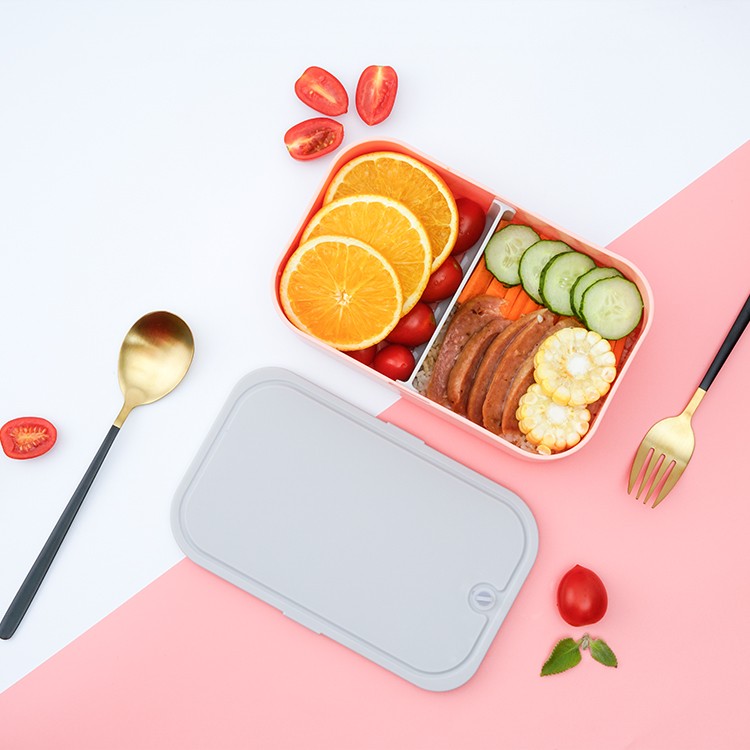
Advantages and Disadvantages of Different Lunch Box Materials
2024-04-22 20:00

Advantages and Disadvantages of Different Lunch Box Materials
①.Plastic lunch box
Plastic lunch boxes are the most common lunch boxes. They are generally very light and easy to carry. The commonly used material for plastic lunch boxes is polypropylene PP. High-quality PP material is safer and can be heated in a microwave oven. It should be noted that plastic lunch boxes are not suitable for heating foods that are high in oil or sugar. Consider replacing plastic lunch boxes after they have been used for a long time, and avoid scratching the boxes vigorously when cleaning.
②.Metal lunch box
The most commonly used metal single box is 304 stainless steel. Stainless steel has better performance, is easy to clean, is corrosion-resistant and low-temperature resistant, has a large capacity, can be layered, and has a heat preservation function. However, it is not convenient to carry. When purchasing this type of lunch box, you must pay attention to identify whether the lunch box material is made of food-grade stainless steel. In addition, stainless steel lunch boxes are made of metal and should not be heated in a microwave oven.
③.Glass lunch box
Lunch boxes made of glass are non-toxic and harmless, and are the safest to use. This type of lunch box can be heated in the microwave and is easy to clean. It generally has good sealing properties and no odor. However, they are often very heavy and not resistant to falling, making them unsuitable for carrying. In addition, lunch boxes made of this type of material are mostly single-layered and are not suitable for lunch boxes that need to be sorted.
④.Bamboo lunch box
The design appearance of bamboo bento boxes is very outstanding, and the shape is generally eye-catching and has a Japanese style. However, they cannot be used for heating, and materials such as bamboo are troublesome to store. They are prone to mold when exposed to humid conditions, are not easy to clean, and can easily breed bacteria.
⑤.Ceramic lunch box
There are heat-resistant ceramics and ordinary ceramics. Pots, plates and other utensils made of heat-resistant ceramics are suitable for long-term use in microwave ovens, while ordinary ceramic utensils can only be used for short-term heating. In particular, we should remind you that ceramic vessels containing gold and silver wires will cause sparks when used in a microwave oven, so they should not be used.







